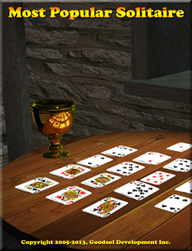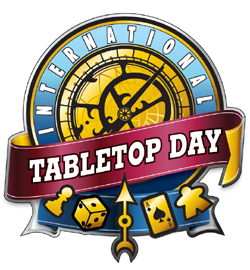This is why VR headsets make us sick.
As mentioned in my previous post, Oculus Rift is a Fad, there are physiological reasons that we (as human beings) get sick when using virtual reality headsets for an extended period of time. I will explain the reasons for this effect herein.
The key factor is head tracking latency.
When discussing this, I used to call it “anti-motion sickness”, and some people have referred to the problem as “simulator sickness”, but I have now chosen to use the term “latency illness“, as that is a more accurate description.
To start with the most basic idea, latency is the amount of delay in a system, and in this case, it means the time between a real-world action (a head movement) and the visual representation of that action on the display. This is the time it takes for this whole process: HMD sensors detect head movement, the headset delivers that information to the driver, which in turn reports the movement to (or is polled by) the game software, which then assembles the updated scene, which is rendered to the display (generally, at the next refresh), and finally the eyes and brain interpret the image(s).
The above process necessarily takes a not-insignificant amount of time, introducing noticeable latency. In practical terms, when you turn your head, the display is slightly behind. On a fixed display (with a normal controller), this can be annoying (and combined with a slower refresh rate, can even make people dizzy), but a delay between a mouse (arm) movement and a screen update becomes a characteristic of the game. However, when the display is “immersive” and provides your entire vision, without a stable frame of reference, and the input is the actual movement of your head, it introduces issues that trigger (undesirable) physiological responses.
Moving your head necessarily moves the vestibular system in your inner ear, which is responsible for balance, spatial orientation, and movement detection; it is your own personal head tracker. You (correctly) feel through your vestibular sense that your head has moved, but with the introduction of latency and immersion, your visual sense tells you that your head has not moved (yet). Your brain has to try to make sense of conflicting inputs, which can lead to dizziness (vertigo, disequilibrium, or lightheadedness) and headaches after a short period of time. This is a form of motion sickness.
The human brain has evolved over the eons to have a specific response to this disconnect between vestibular and visual senses: nausea. The reason that we get ill when our senses do not concur is that this is experienced when we have consumed something poisonous. Our great ancestors (or children 🙂 ) may have ingested poison berries, and nausea is the reaction that increases survival fitness by causing us to vomit, expelling the poison from our system in the fastest manner possible. Unfortunately, when the cause of the nausea is not from our stomach, vomiting does not provide relief.
You may have noticed the fact that all of the above provides a pretty good description of what happens when somebody gets drunk, and of course, those unpleasant aftereffects are known as a hangover. In the case of latency illness, the process is similar, and many of the same aftereffects are experienced with extended use. Note that the brain can adapt to incorrect visual input (see the perceptual experiments of George M. Stratton), but when the problems are caused by lengthy use of a VR headset, there are periods of adjustment both when the headset is donned and again when it is removed.
In my experience, one does not get “VR legs”; limited use (less than 5 minutes at a time) of an HMD is always recommended, even if visual latency seems to less disconcerting. I believe that this is the fatal flaw in this kind of virtual reality technology. However, other great (game) programming minds, such as Michael Abrash and John Carmack (despite my swipe in the last post 😉 ), are contemplating how to minimize the latency issues, from a technological standpoint; physiology must still play a role, though.
As I mentioned previously, my personal experience with moderate latency illness came when I was doing final testing of the Doom II driver for the Virtual i-O iGlasses. I had been working on the drivers for a while, and I had become accustomed to the latency, somewhat. I also knew, thanks to Mark Long of Zombie, that there was a risk of playing a game in the headset for too long. Nevertheless, I wanted to do proper final testing of the drivers, so I installed everything on a clean system and started playing Doom II in the iGlasses; I kept playing for quite a while, completing several levels. I did not feel sick or anything, and the drivers worked, so it was time to ship. Then I took the headset off…
Boom! Instant hangover. I almost instantaneously got a massive headache, felt somewhat dizzy, and became very nauseous. It was everything I could do just to archive the final drivers and write an accompanying email, and once I was done, I just went to bed and laid there feeling like I was taking my lumps for getting smashed, when all I had done was play a few levels of a video game with a virtual reality headset. I still felt odd after sleeping for several hours. While this may have been worth it for the contract payment I later received, it definitely was not worth it solely for the gameplay.
Based on that, and my research since then, I strongly recommend that anybody interested in getting an Oculus Rift or other VR headset consider these issues first and, if/when they purchase, avoid playing any game for more than a few minutes at a time, taking a decent recovery period between sessions.








